

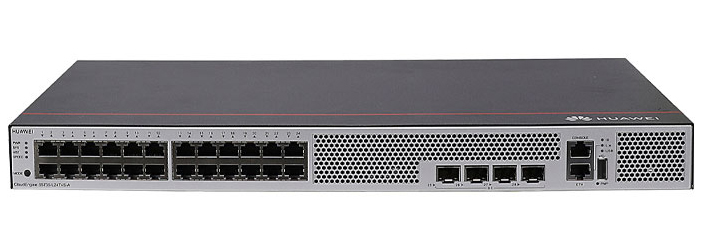
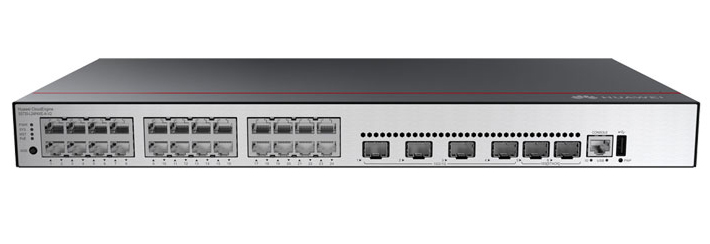
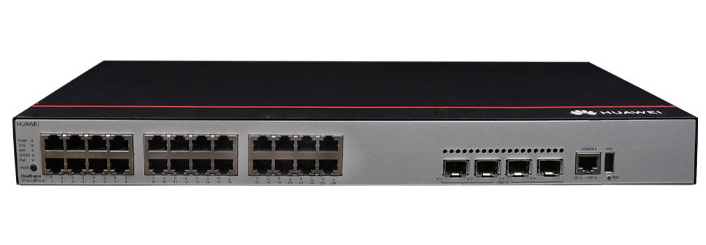

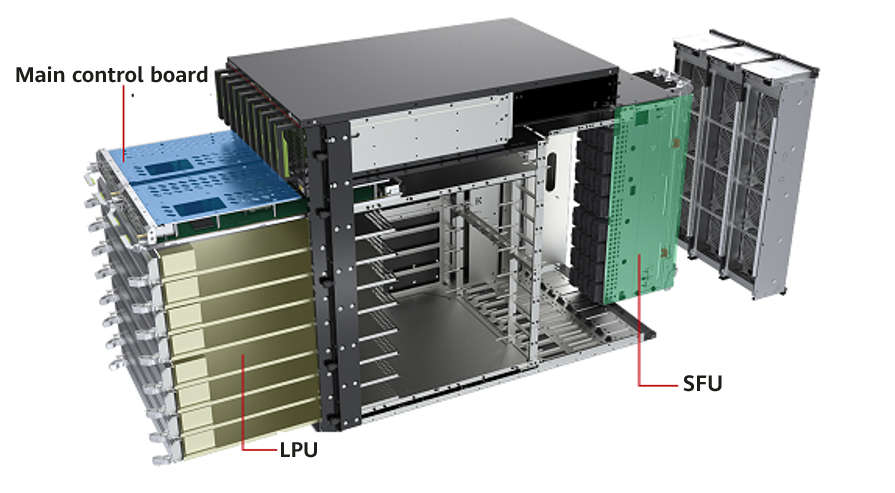

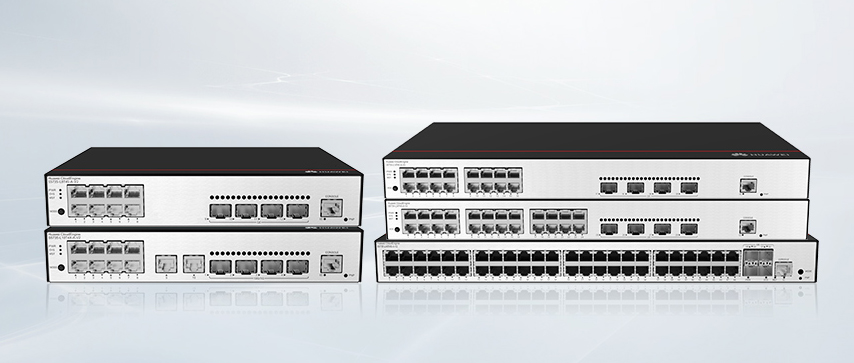

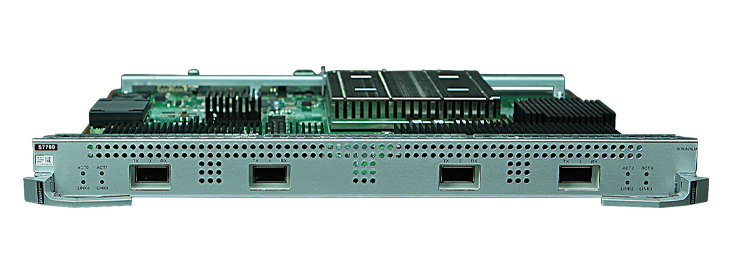


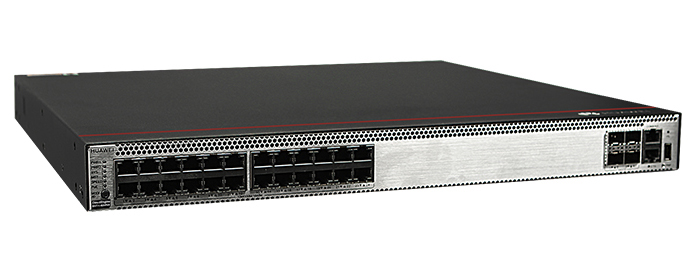
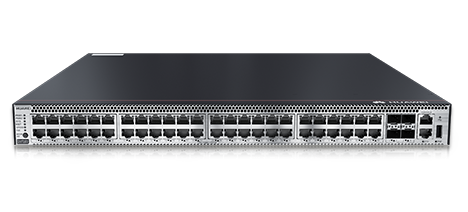
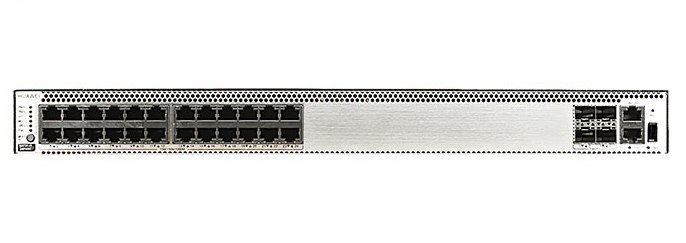
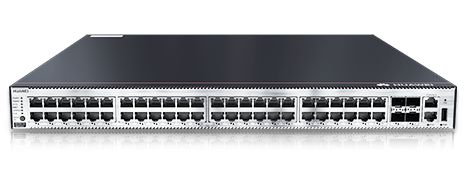
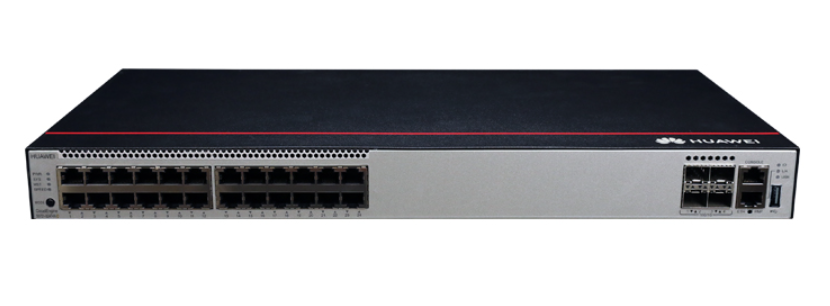



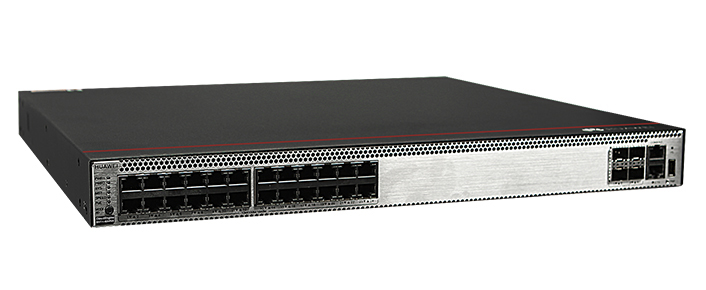
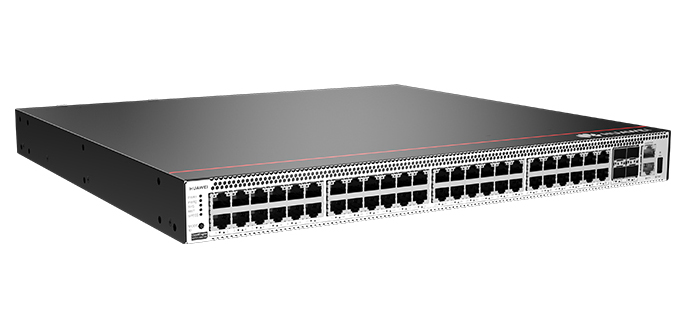
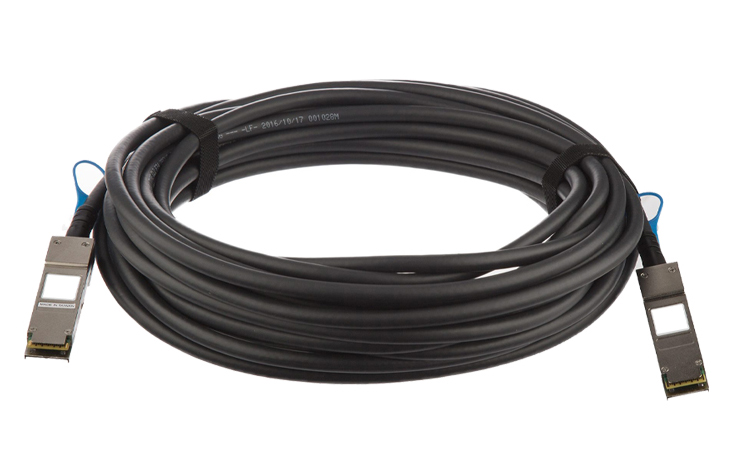

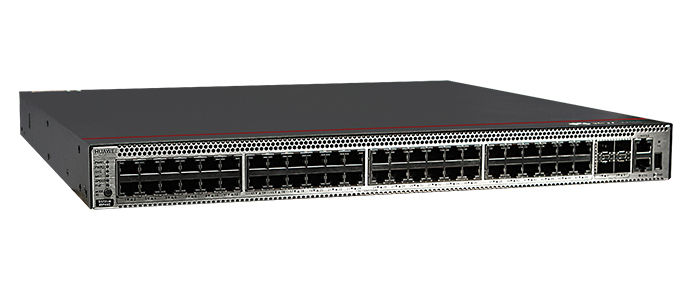
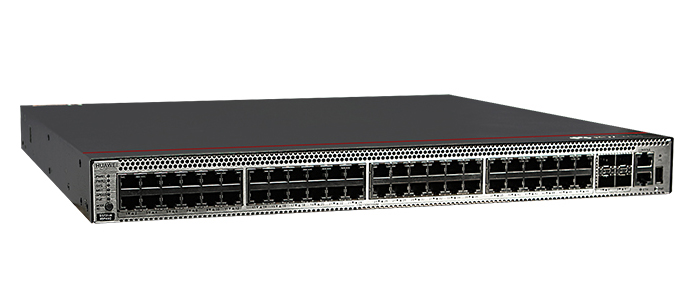

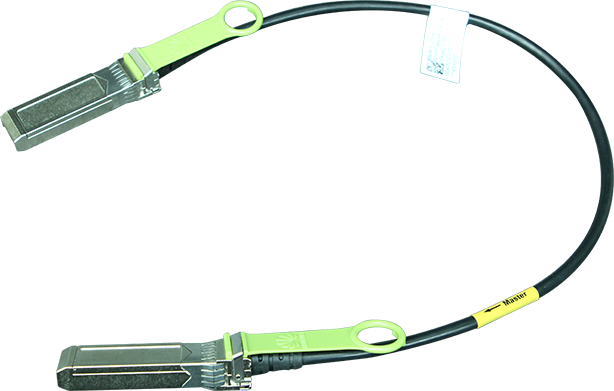
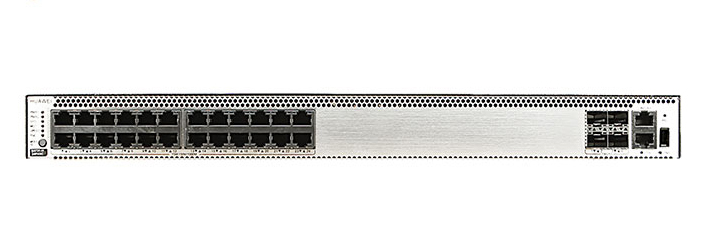
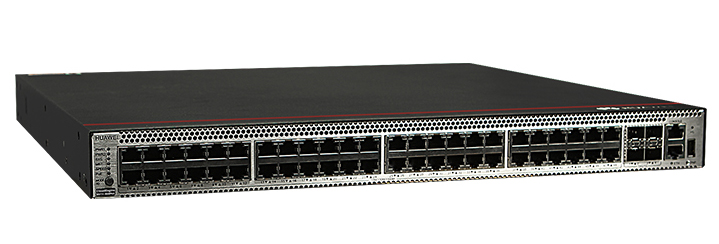
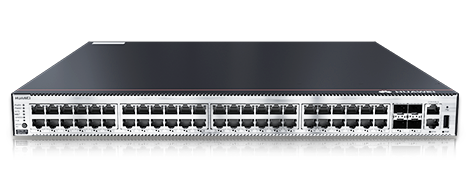

Researchers at Caltech have developed a groundbreaking silicon device that could help quantum computers communicate over long distances.
The innovation, created by a team led by Professor Mohammad Mirhosseini, successfully converts microwave photons into optical photons, overcoming a major challenge in quantum networking. Their findings were recently published inNature Nanotechnology.
Quantum computers rely on microwave photons to store and process information, but these particles require near-zero temperatures and lose data when travelling through standard internet cables.
Optical photons, however, can move efficiently over long distances at room temperature. The new device acts as a bridge between the two, using a vibrating silicon beam to convert microwave signals into optical ones with remarkable efficiency.
Built from silicon to minimise noise, the transducer outperforms older systems by 100 times while maintaining the same level of signal clarity.
The breakthrough brings the concept of a quantum internet closer to reality, offering a scalable way to link quantum computers across vast networks in the future.
 Tags quentes :
Desenvolvimento de capacidades
Desenvolvimento
Computação Quântica
Digital aspects and the environment publish
Tags quentes :
Desenvolvimento de capacidades
Desenvolvimento
Computação Quântica
Digital aspects and the environment publish